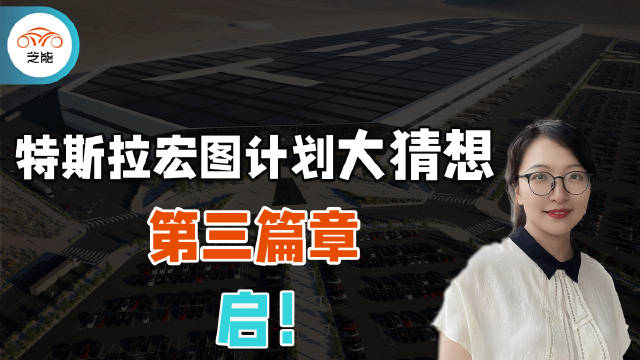Author: Tao Yanyan
Tesla will hold its 2023 Investor Day on March 1st (US time). Investors will be able to see the company’s most advanced production line and engage in discussions with the team led by Elon Musk on long-term expansion plans, third-generation platforms, capital allocation, and other issues. Elon Musk also announced on social media that the third chapter of Tesla’s grand blueprint, Master Plan Part 3, will be released at this time, which will explain how the earth will move towards a completely sustainable energy path.
Master Plan Trilogy One
In 2006, Musk first announced the “Master Plan”:
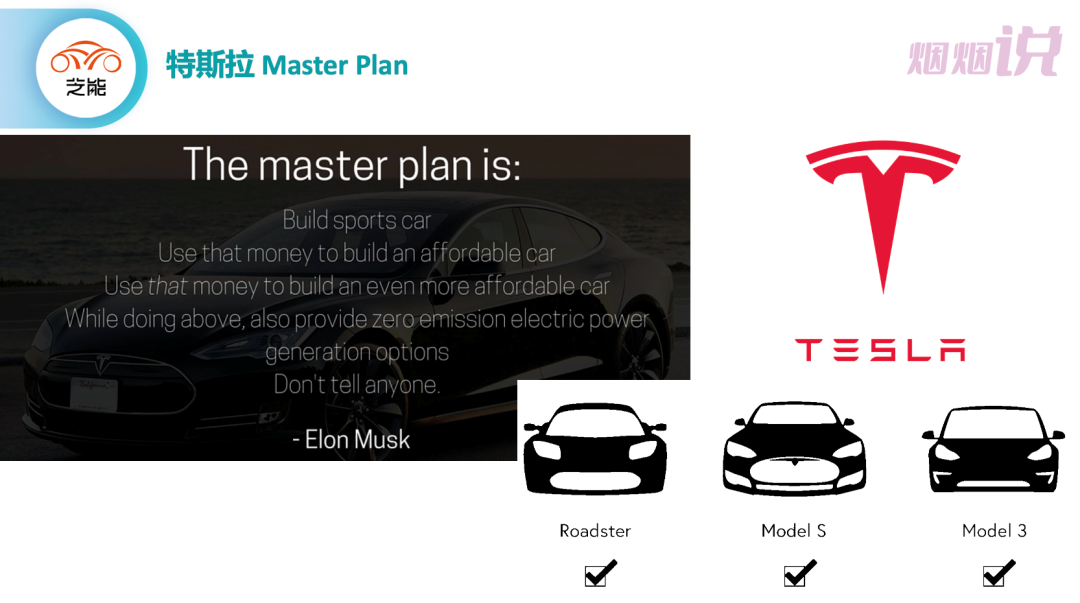
The above picture shows Musk’s introduction of Tesla’s four-step plan in the blog post “The Secret Master Plan of Tesla (Don’t Tell Anyone)” on August 2 of that year:
- First step: build a model with a small output, a high price, but enough to amaze;
- Second step: use the money earned to develop a model with a moderate output and a relatively lower price;
- Third step: use the money earned again to create a mass-produced, affordable model;
- Fourth step: provide solar power products.
These goals have been achieved through the Model S/X concept version, Model 3/Model Y, and “Powerwall” solar products.“`markdown
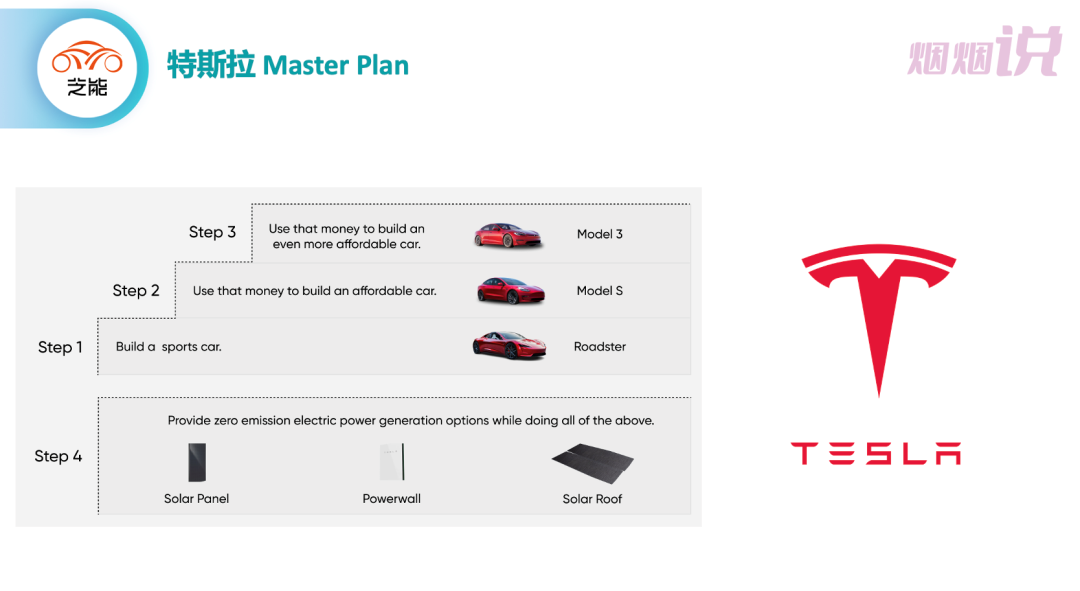
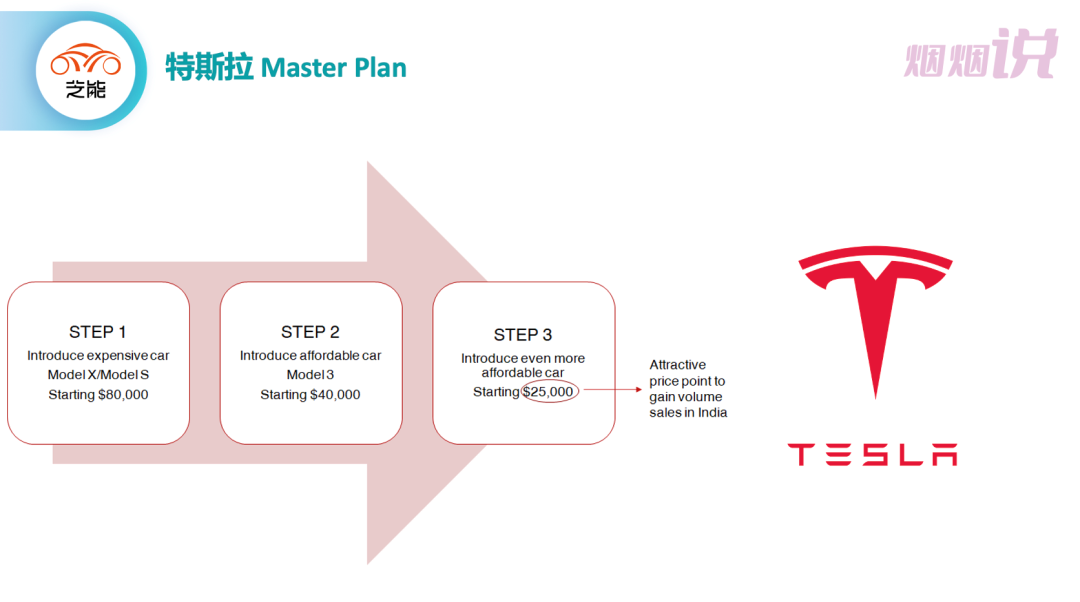
The Second Chapter of Master Plan
Ten years later, on July 20, 2016, Musk revealed the second chapter of Tesla’s master plan, which is also divided into four steps:
- Step 1: Create stunning solar roofs with integrated battery storage;
- Step 2: Expand the electric vehicle product line to cover all major segments;
- Step 3: Develop a self-driving capability that is 10 times safer than manual driving using massive amounts of fleet learning data;
- Step 4: Enable your car to make money for you when you aren’t using it.
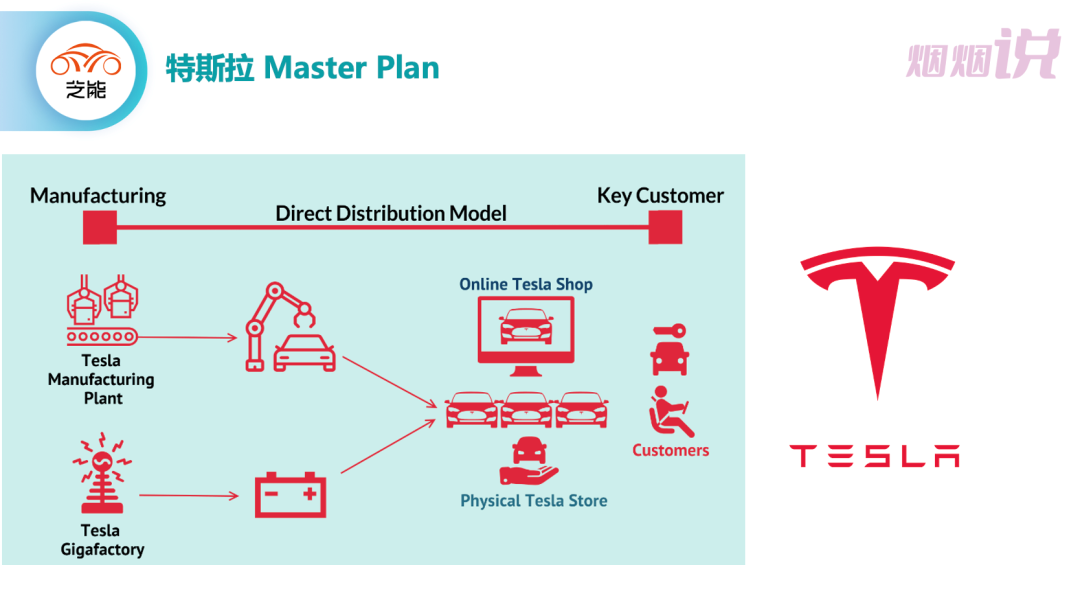
The first step and the last step of the previous chapter are echoed and further realized through storage products such as Powerwall and Megapack, and electric vehicles such as Cybertruck, Semi, and FSD system are successively launched to achieve the goal of the second step.
Of course, Tesla is still developing fully autonomous driving software for the third step, which is expected to be 10 times safer than human manual driving, but there is currently no production version of this AI development. The development of the fourth step has also not been achieved.
Regardless of the progress of the second chapter, Tesla’s achievements are enough to make people imagine the third chapter of their master plan. At the 2022 conference, Musk further provided more details about the third chapter, and “scale” became an even more important keyword.
“The third part of the Tesla master plan will focus on ‘achieving very large scale’–to transform the entire energy infrastructure and the transport infrastructure of the Earth, there must be a very high scale (support),” said Musk.
“`Tesla has proposed to produce around 20 million electric vehicles annually by 2030 in the electric vehicle production, while Volkswagen, Toyota, and other car manufacturers currently have a production capacity of around 10 million vehicles. Additionally, in battery production, Musk indicated that Tesla plans to expand its own battery production capacity to 1000GWh per year.
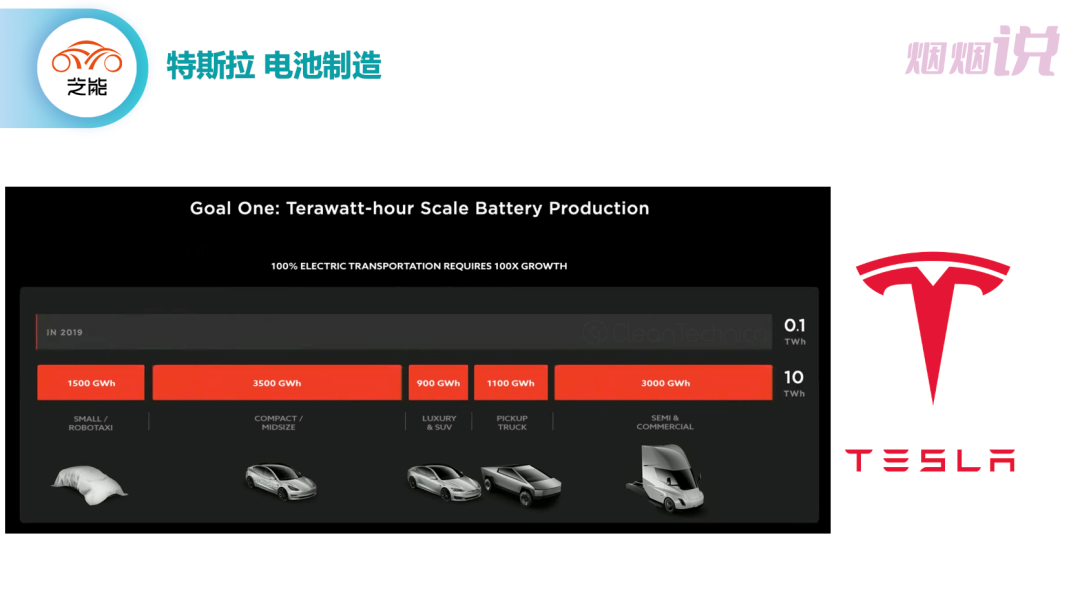
The Big Guess of Master Plan, Part 3
Musk provided an Easter egg in the Tesla Investor Day invitation, showcasing a wall composed of car side bodies, which were derived from real photos (see the figure below). Tesla may share details of its Gen-3 electric vehicle platform and introduce a more affordable electric vehicle than the current Model 3.
We believe that the Third Chapter of the Tesla Master Plan may unveil the compact new platform. Based on information from the current supply chain, Tesla Model 2 is progressing rapidly. Elon Musk may choose to launch this low-priced platform on March 1st, which is aimed at a price of $25,000 and CNY 150,000, with a target delivery date of 2024.
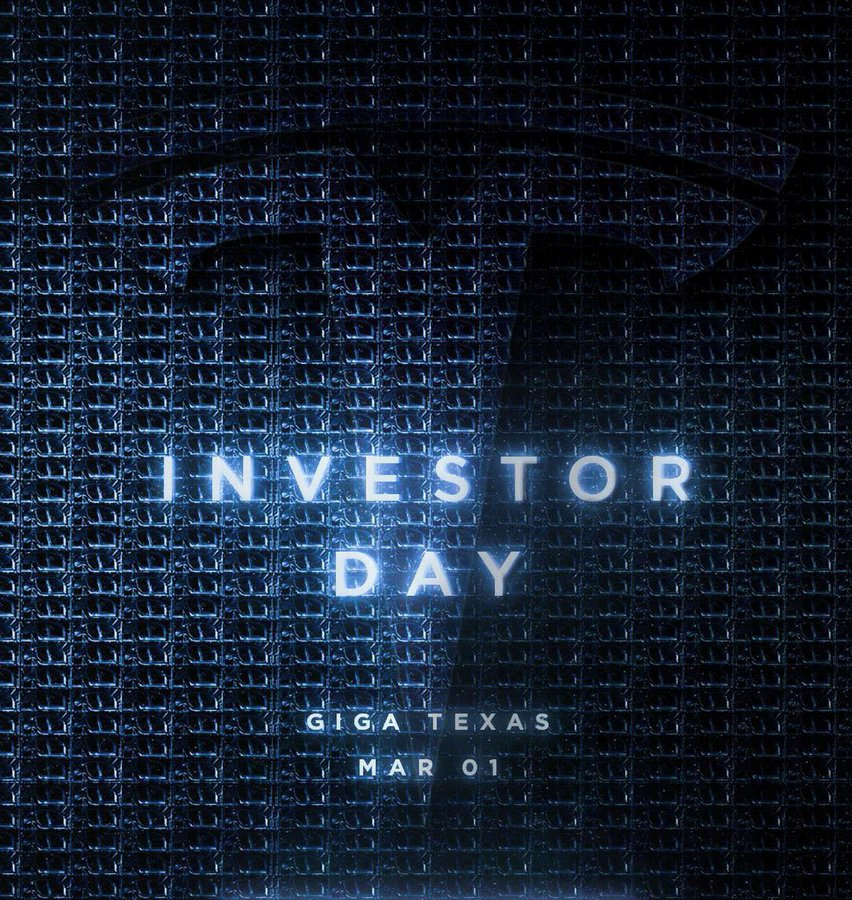
The Model 2 will be trial-produced in the United States in the second half of 2023 and will be mass-produced in Mexico or Malaysia in the future, where human resources are less expensive. To reduce costs, this car may adopt the following measures:
- Shorter wheelbase: Based on the 2890mm wheelbase of Model 3 and Model Y, Tesla will need to aim for 2700mm specifically for Europe.
- Integrated die-casting: Tesla will integrate die-casting efforts into key components such as the body and battery tray.
- Diversified materials: In other materials, Tesla may use more engineering plastics.
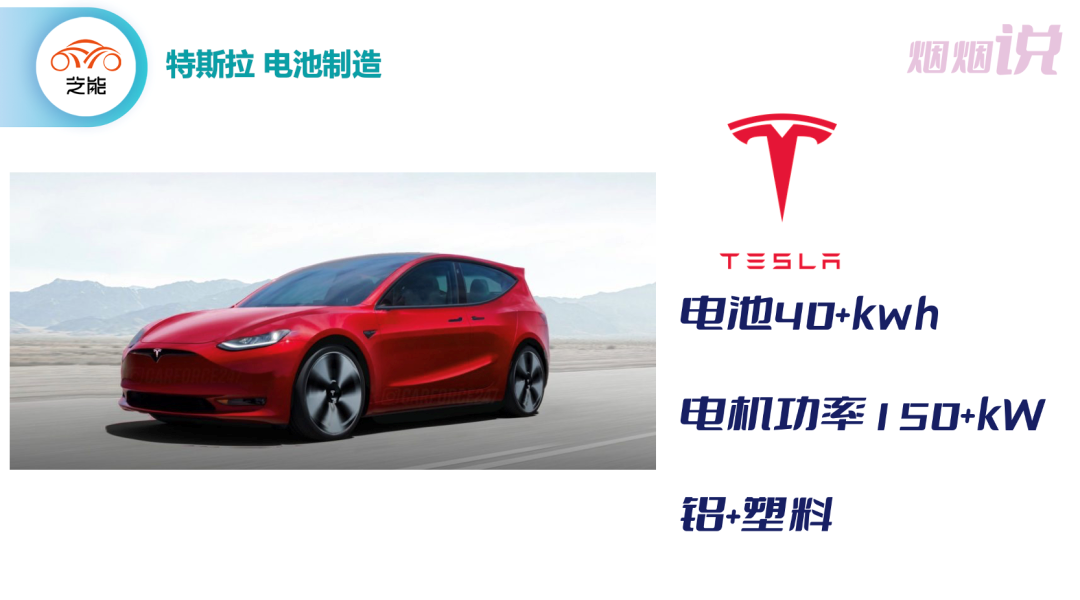 – Powertrain
– Powertrain
The battery may adopt the material of Lithium Iron Phosphate, which can further reduce the energy to just over 40 kWh, meeting the demand for short and medium distance travel. Additionally, the driving power will also be reduced to the level of 150 kW in the powertrain, satisfying the needs of family vehicles.
This time, Tesla has launched a new round of assault on gasoline-powered vehicles specifically targeting family cars.
This article is a translation by ChatGPT of a Chinese report from 42HOW. If you have any questions about it, please email bd@42how.com.
